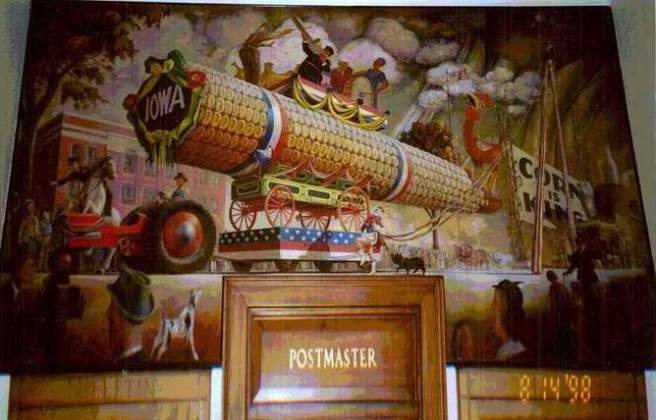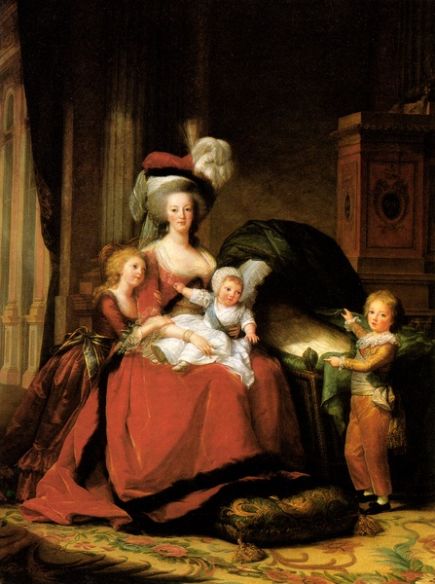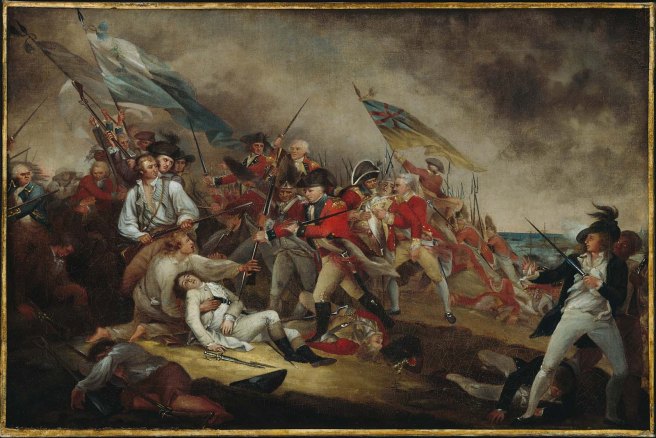The Great Depression affected every facet of life in the 1930s, including art. Unfortunately, this was not always good as art is a luxury that many could not afford during this time. While some art did suffer, the government funded art through Roosevelt’s New Deal programs such as the Works of Art Project. This brought art to everyday Americans. Art during this time seemed to do two things: either show people the struggles of everyday Americans or distract everyday Americans from their struggles.

The most famous photograph to come out of the Great Depression was certainly Migrant Mother by Dorothea Lange, photographed in Nipomo, California in 1936. Lange was employed by the Farm Security Administration who wanted to capture the plight of migrant workers. Photos like this showed that the Depression was not only bad in cities, but in rural settings, too. The mother is a symbol for all Americans who struggled during the Depression. Without photos such as this one, the scale of the Depression would be hard to visualize today. It is both a very sad and very beautiful photograph. The children’s faces are all hidden so our focus is shifted to the mother, whose face shows both the struggle she is going through and her strength.

The Great Depression shows us that art can come from previously unexpected places, such as the government. Government sponsored programs such as the Works of Art Project or the Section of Fine Arts payed artists to paint murals in public places. This brought art to the public in a way unlike before.This one was painted at the post office of Mount Ayr, Iowa and not completed until 1941. It is entitled Corn Parade and is by Orr C. Fisher. The fantasy nature of it perhaps reflects the desire to forget the economic hardships of the Depression and get away for a while. Also, the focus on corn promises that Iowans will be able to make money of their crop. The post office murals all have similar art styles, as this is what the administration wanted, and were not Abstract or Cubist. The ensuing paintings seem very flat, idealized, and boring to me.
Jazz took a hit at the beginning of the Depression as people did not have money for dancing anymore. This changed midway through the decade, and a type of music known as “swing” developed as a fun distraction from everyday life. Swing music is a lively form of jazz, meant for dancing. Benny Goodman was the most famous swing musician and his work 1937 song Sing Sing Sing is a good example of the genre. I was surprised to find it because I have heard this song in so many places and now I have a name for it! I really enjoy it, it is simple but lively and I feel as if I could dance to it. I love the way it starts out with the drums and builds up to the main melody.
Art during the Great Depression, in America at least, was a bit boring thanks to the crisis and more reluctant to embrace the Abstract, Cubist and other styles that came out of Europe. Most art was either government sponsored or a fun distraction. That is not to say it is unimportant. Swing music lead into the music we listen to today and many works from the Great Depression are still famous.
“Migrant Mother, Nipomo, California.” Museum of Modern Art. Accessed 26 Oct. 2016. https://www.moma.org/learn/moma_learning/dorothea-lange-migrant-mother-nipomo-california-1936
Peretti, Burton W. Jazz in American Culture. Rowman and Littlefield, 1998.
Raynor, Patricia. "New Deal Post Office Murals." Enroute, October-December 1997. http://postalmuseum.si.edu/research/articles-from-enroute/off-the-wall.html






